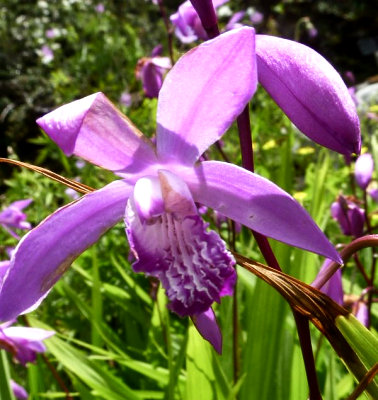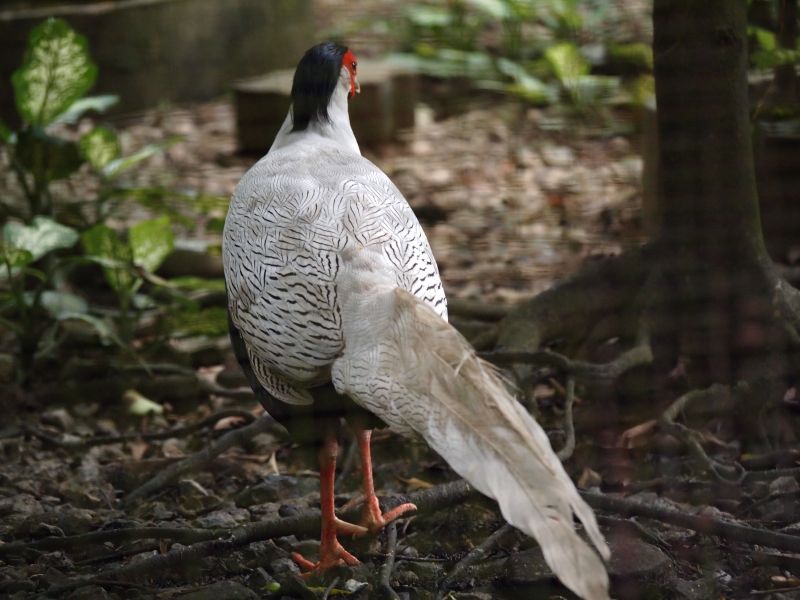Wildlife in China - Elephants, gerbils and cranes
This page looks at a wide range of wild-life in China, we have separate pages on the most famous and iconic Chinese wildlife - Giant pandas and bamboo.
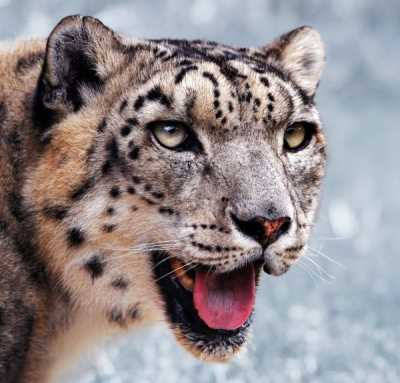
As the third largest country by land area you might expect China to be rich in wildlife, and it certainly does not disappoint, it has 30,000 species of plants (including over 7,000 tree species) and 2,000 vertebrate species (10% of the world) of which 1,198 are birds; 500 animals; 210 amphibians and 320 reptiles. This makes it the most diverse flora and fauna of any country in the temperate zone.
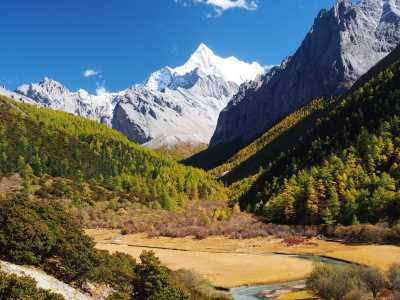
The distribution of Chinese wildlife is far from uniform. China's varied geography provides many different environments for wildlife – from the cold mountains of Heilongjiang, the deserts of Inner Mongolia to the tropical valleys of Yunnan there is a wide range of habitats for plants and animals. The heavily populated areas close to the eastern coast have been cultivated so extensively for so long that there is little space for wildlife, however China still has many mountains and forested areas that teem with wildlife.
The Chinese tropics
Looking at the regions in more detail, the warmest and moistest are the true tropical forests on Hainan island and some valleys of southern Yunnan. In the tropical waters of Hainan the rare Hawksbill turtle can be seen. Jianfeng Nature Reserve, Hainan has a great range of plants and tropical butterflies. In Yunnan you can still see elephants that used to be widespread over much of China. Here there are extensive rhododendron and bamboo forests. The Xishuangbanna Nature Reserve harbors black bears, palm civets and Asian golden cats and the diminutive mouse deer. There is a huge range of plants including the blue poppy, banyans, olives, and longan trees.

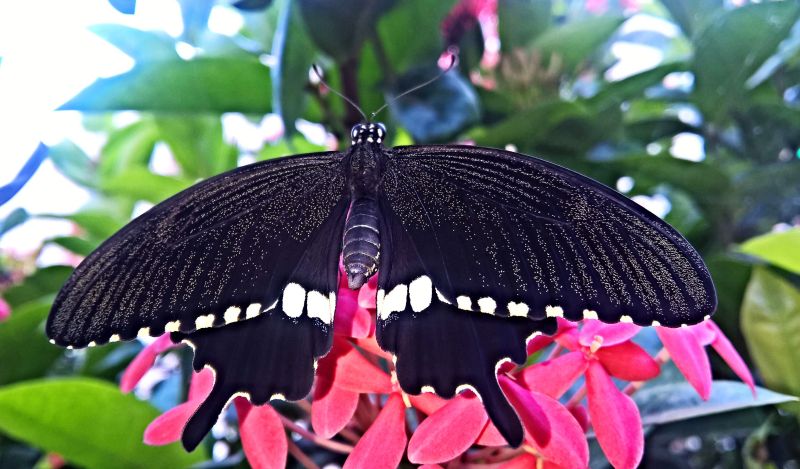


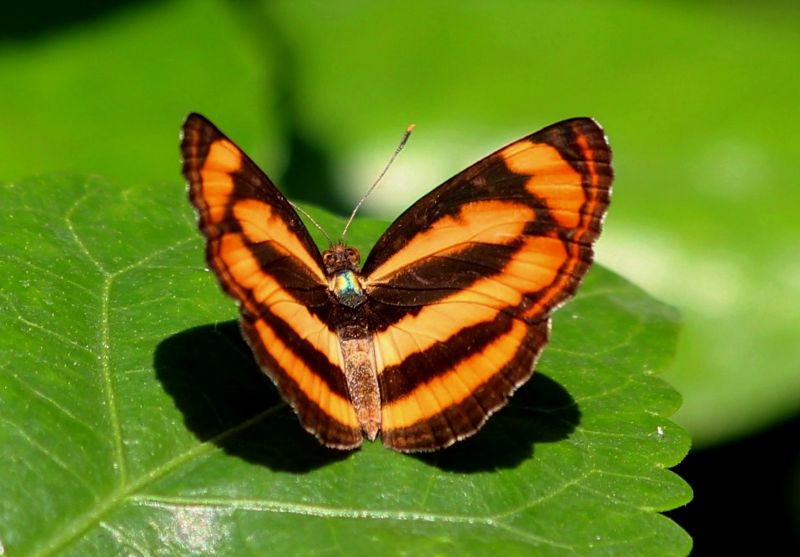
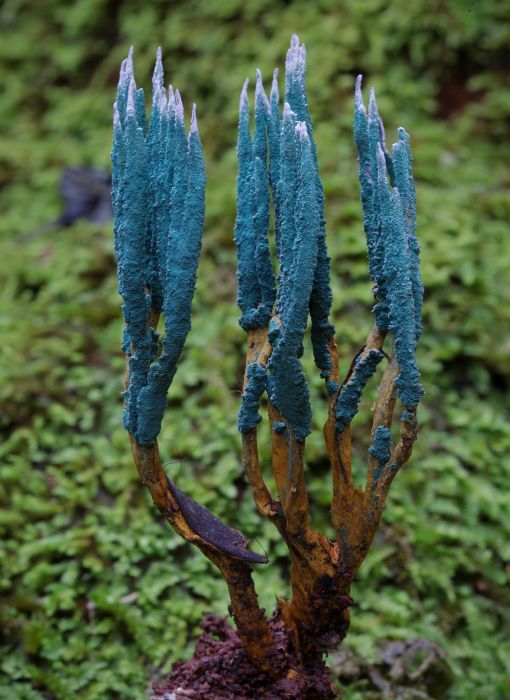
Tibetan wildlife
The situation in neighboring Tibet is very different, with harsh winters and low rainfall there are limited opportunities for Chinese wildlife; notable species include yaks, Himalayan blue sheep, Thorold's deer and Snow leopards. It is from this Himalayan region that tea bushes and all citrus fruit trees are believed to originate. The Tibetan area continues east into Sichuan where there is a greater range of wildlife; it is famous as the home of giant pandas. Mount Emei and the surrounding area boasts 3,200 plant species including Gingko, Nanmu tree, Handkerchief tree and also tree ferns. Wanglang reserve in Sichuan not only has giant pandas but also the rare Takin, musk deer, Serow as well as many birds.
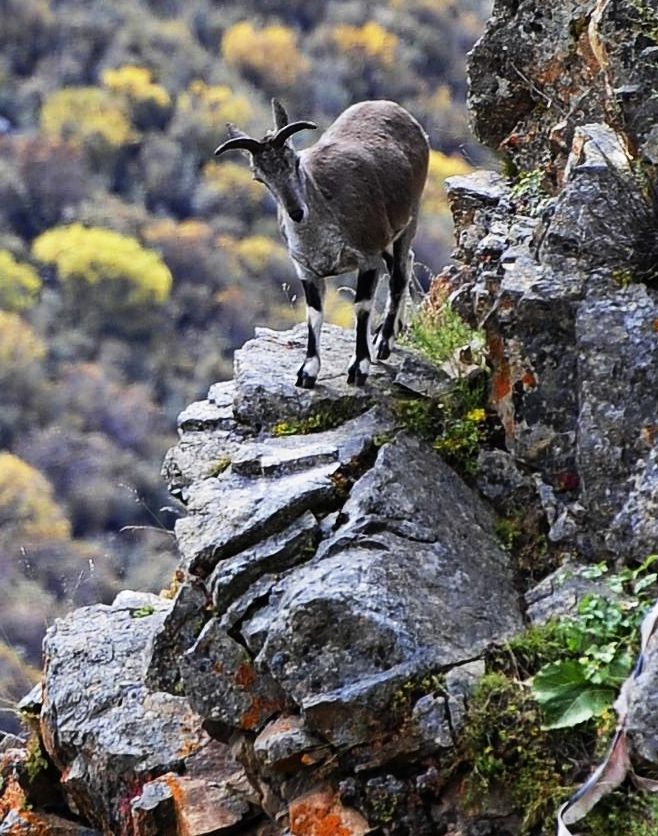
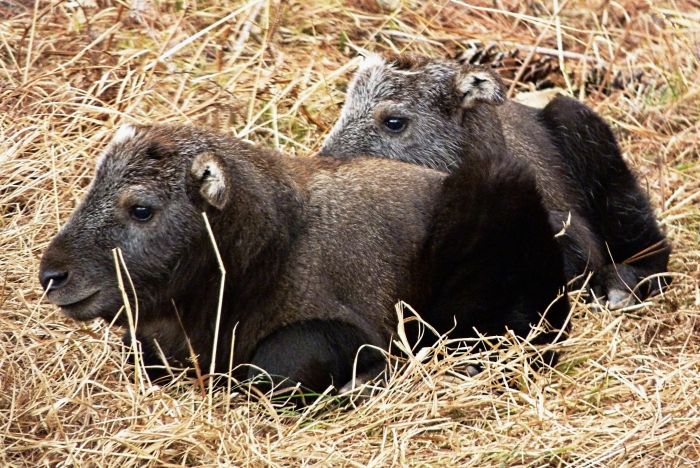
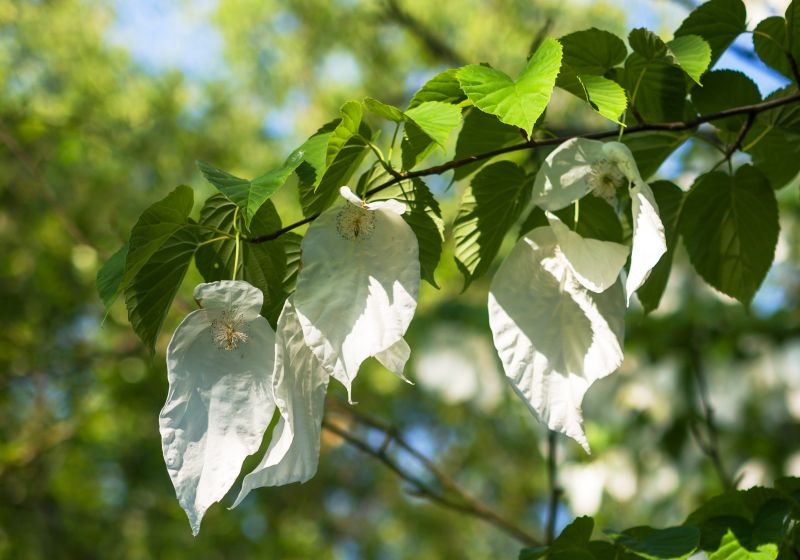
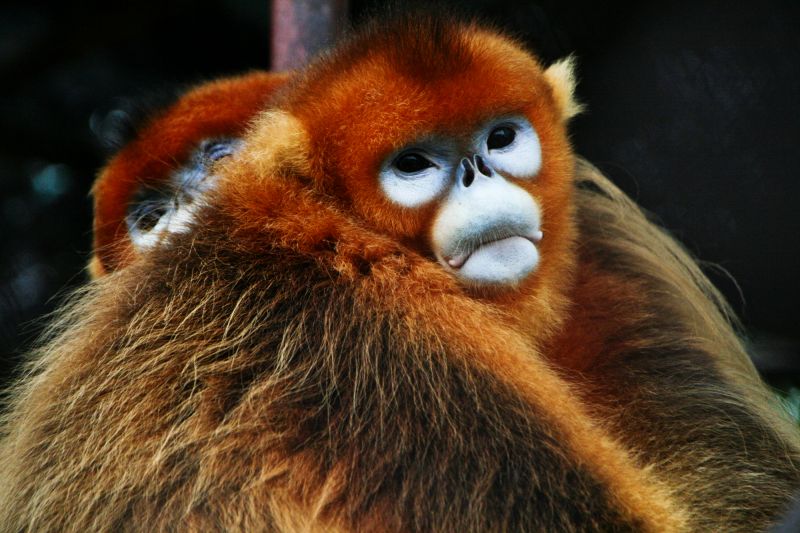
Further north is the dry and mainly desolate province of Qinghai named after the largest mountain lake in Asia; the lake is a magnet for rare birds on their migrations and Bird Island within the lake attracts up to 100,000 birds. Further north Gansu and Inner Mongolia experience long droughts and cold winters that only allow for grasslands to prosper. Sheep, goats, yaks, saiga antelopes, goitered gazelles, rare Bactrian camels and horses wander to find limited pasture. Within the desert regions is the native habitat of gerbils. Rare carnivores include the Pallas's cat and for plants there is wormwood and the goji berry.
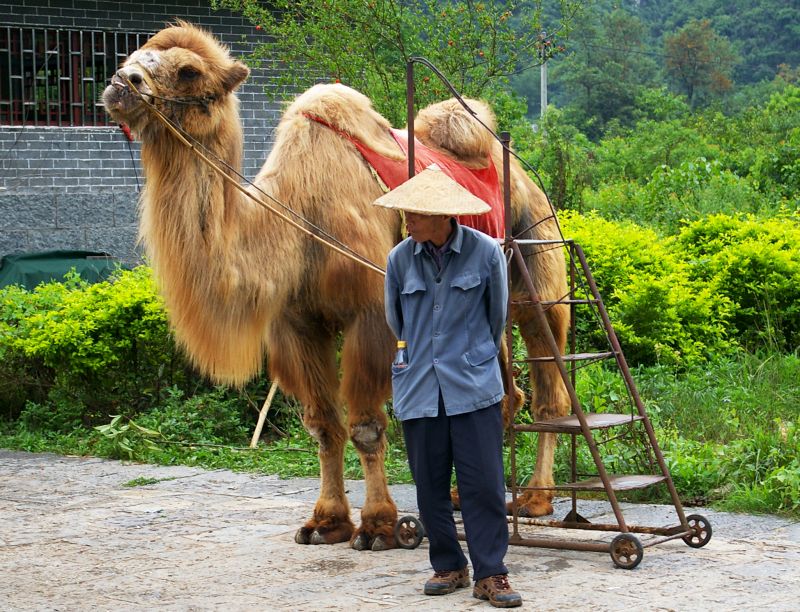

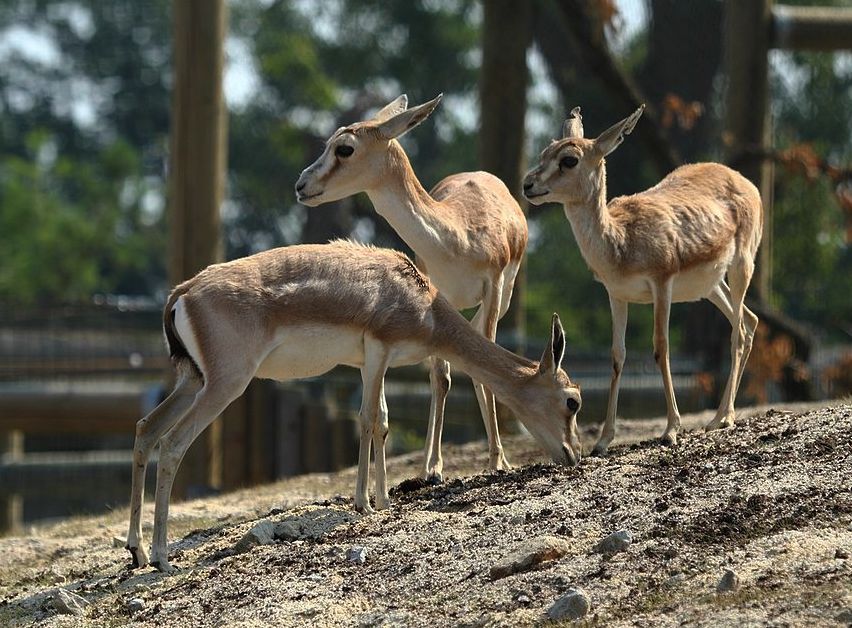
North-eastern wildlife
In the far north-east, in Heilongjiang, bitterly cold winters limit possibilities for nature. The Siberian tiger still roams and vast coniferous forests cover the mountains but it has important marshy areas too. The Zhalong Reserve has reed-beds that support 300 species of Chinese birds including the rare Marsh Grassbird as well as the Asiatic Black bear and Azure winged magpie. Cranes are very popular in China, they symbolize long life and fidelity because the birds mate for life and have an elaborate courtship display. There are fifteen species of crane many of which are endangered. Up in the north the Red-crowned, White-napped and Siberian cranes can be seen on their migratory travels as well as the rare Swan goose.
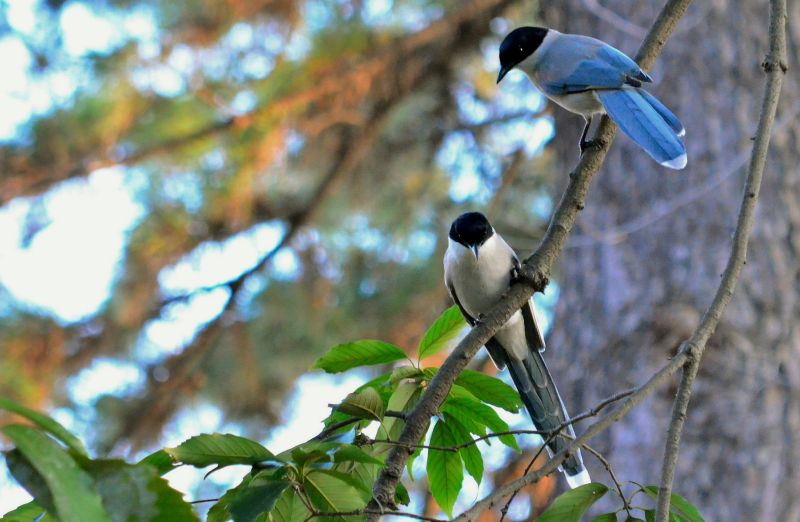

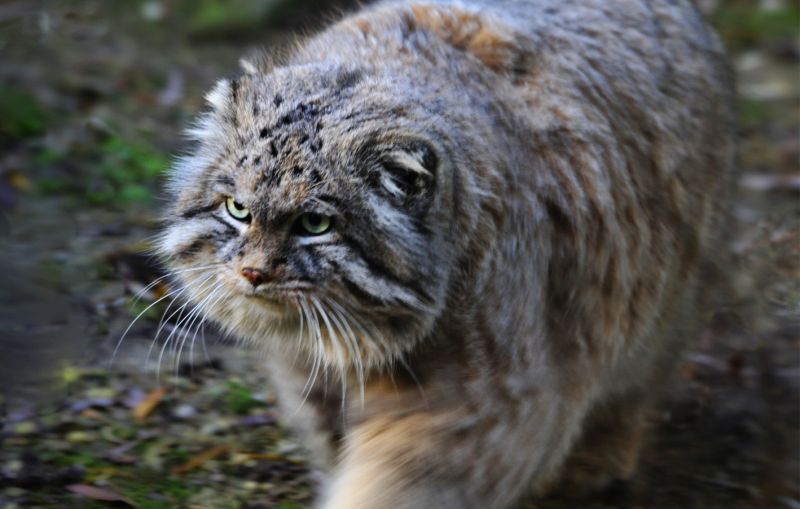
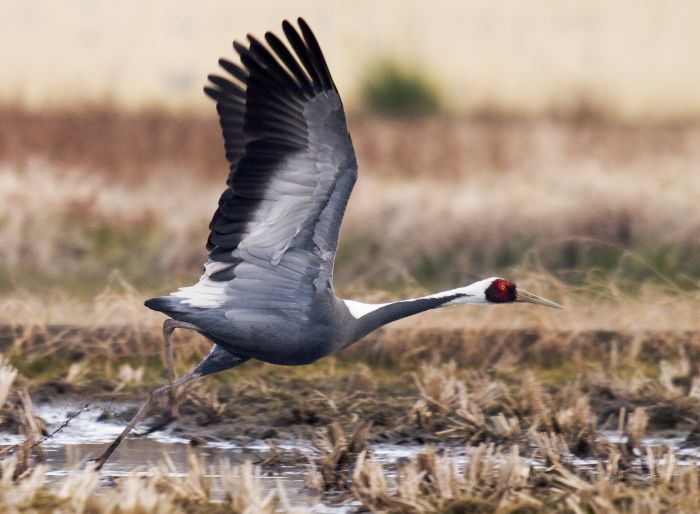
central China
Moving to look at the Chinese wildlife of central China one of the most notable Nature Reserves is Wulingyuan in Hunan. Among the spectacular forested mountains are 500 species of tree, including the Dawn Redwood tree (metasequoia) which is a ‘living fossil’ that was for a long time considered extinct. It is also home to the Giant salamander, Rhesus monkey and many birds but is probably most famous as the setting for the epic film ‘Avator’. In Shennongjia, Hubei there are also forests with associated rare plants and the Golden monkey. It is here that the ‘Chinese Wild Man ➚’ was believed to have lived. Further east, near the Yangzi river delta in Zhejiang and Anhui, there are conservation efforts to maintain the endangered Chinese alligator.
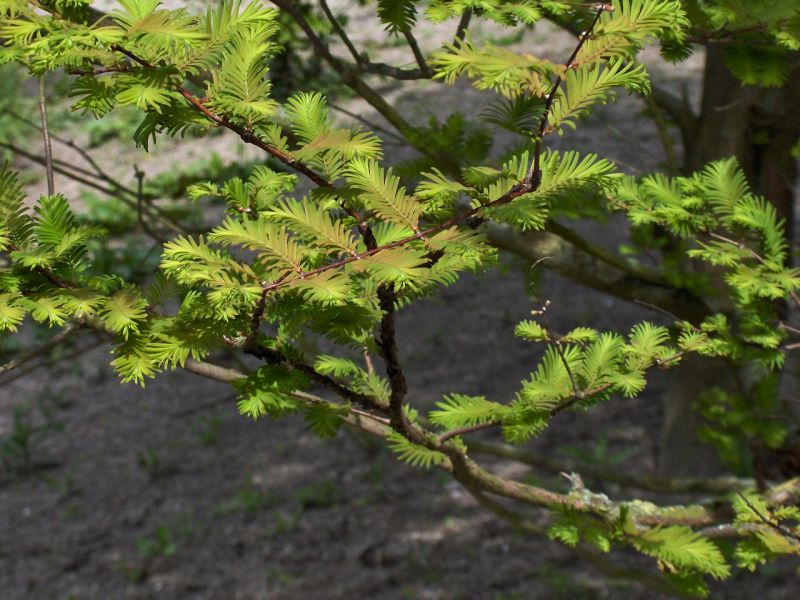
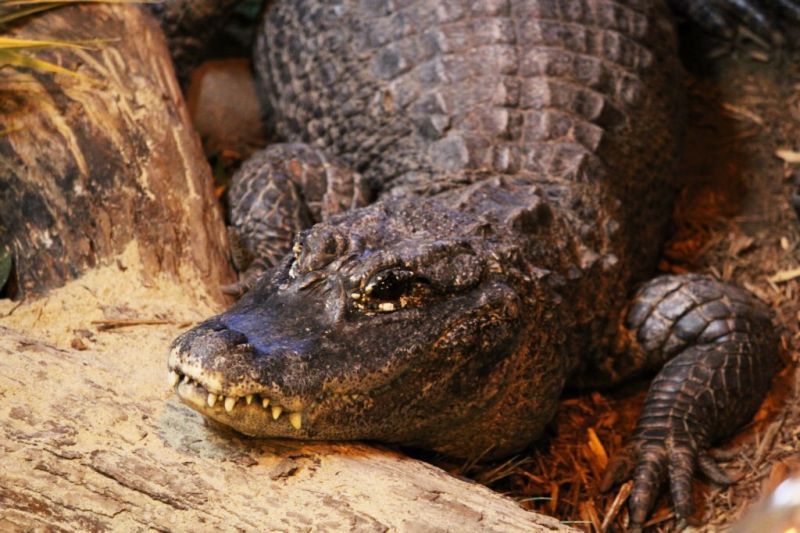
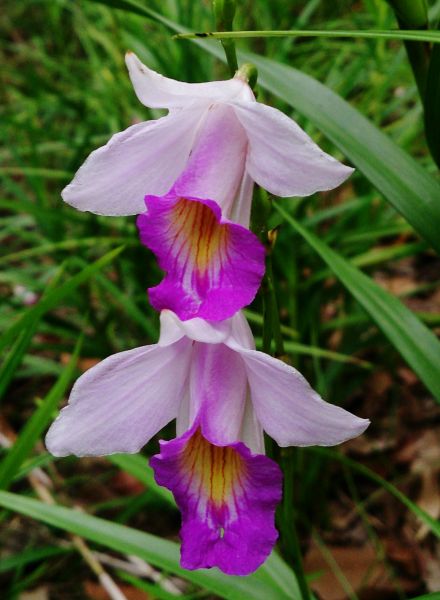
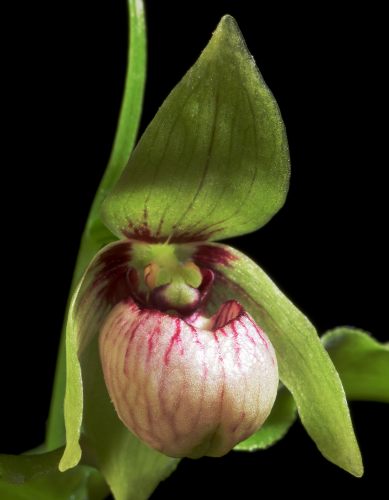
In the far south the Hong Kong botanical garden and the nearby managed marshlands at Mai Po are definitely worth a mention – herons, egrets, black-faced spoonbills can be seen.
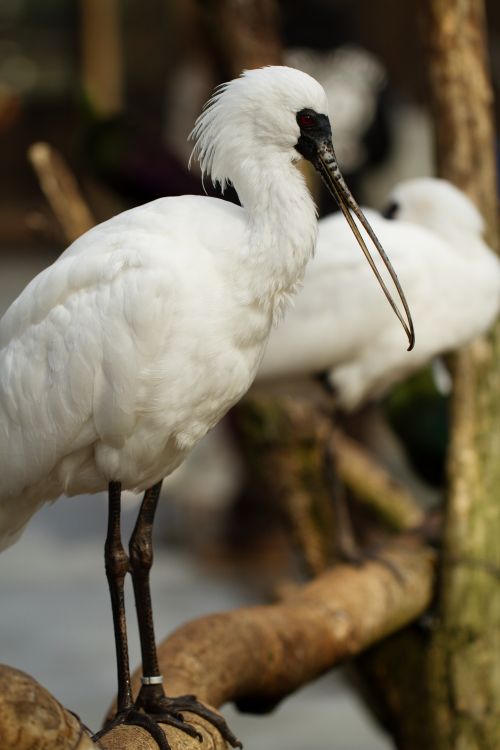
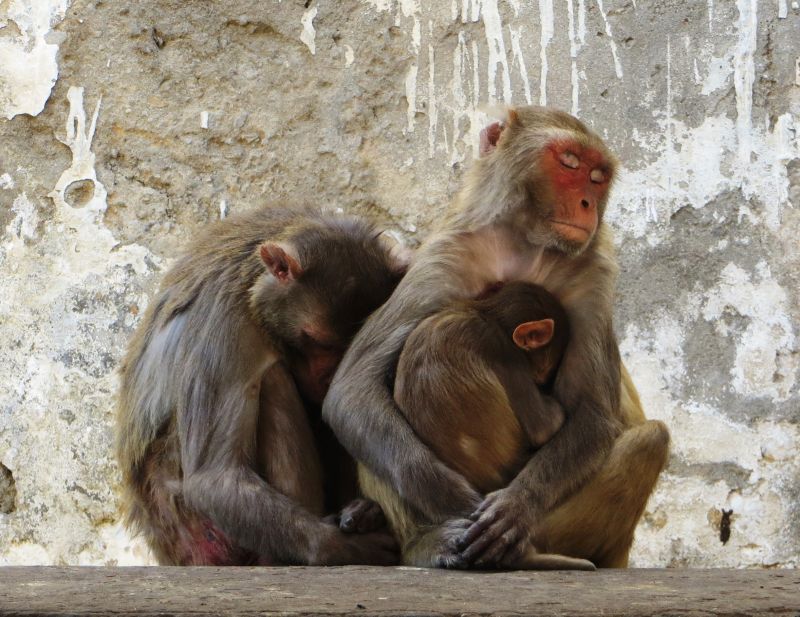
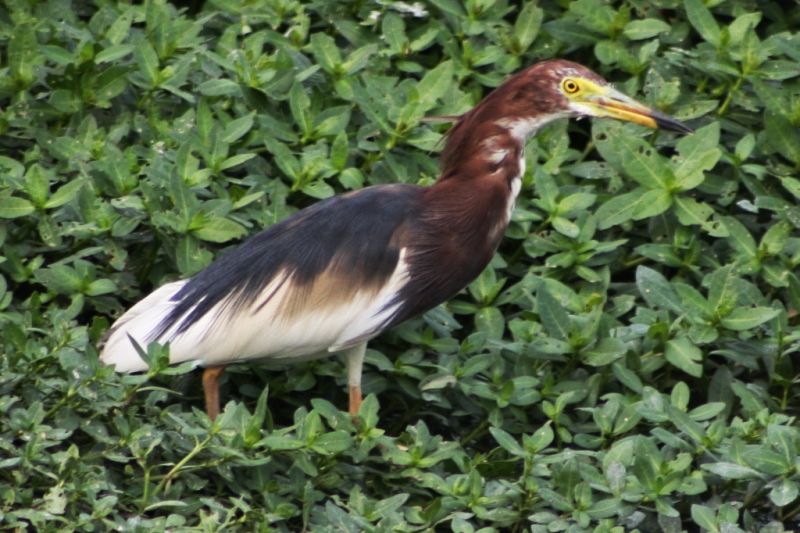
Wildlife emigrants
Many species of Chinese wildlife have found their abroad. In the UK, the Muntjac and Chinese water deer have flourished after escaping from parks and zoos. The colorful Mandarin duck is now widespread and the pheasant, of which there are several species, is another bird originating from Asia. It is, however, for the many beautiful garden plants we owe the heaviest debt to China. Europe not only copied Chinese garden design but also imported plants. In the late nineteenth century plant hunters such as Robert Fortune ➚ brought back many beautiful plants from China which now grace our gardens including: azaleas; rhododendrons; winter jasmines; bleeding hearts; peonies; kolkwitzias; weigelas; peaches; ornamental roses; jasmines; daphnes and lilies.
